Autism and Sound Sensitivity: Understanding the Link
Unveiling the link between autism and sound sensitivity. Discover coping strategies and practical support for individuals affected.
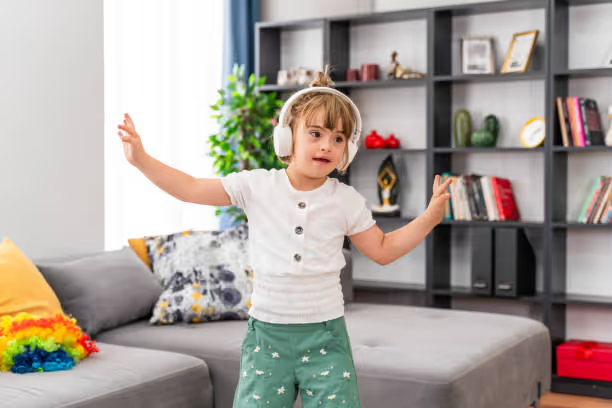
Understanding Sound Sensitivity
Sound sensitivity, also known as auditory hypersensitivity, is a common trait observed in individuals with autism. According to a study published in the Journal of Autism and Developmental Disorders, up to 70% of individuals with autism experience sound sensitivity, which is significantly higher than the 8% reported in the general population Cross River Therapy. This heightened sensitivity to sound can have a profound impact on their daily lives.
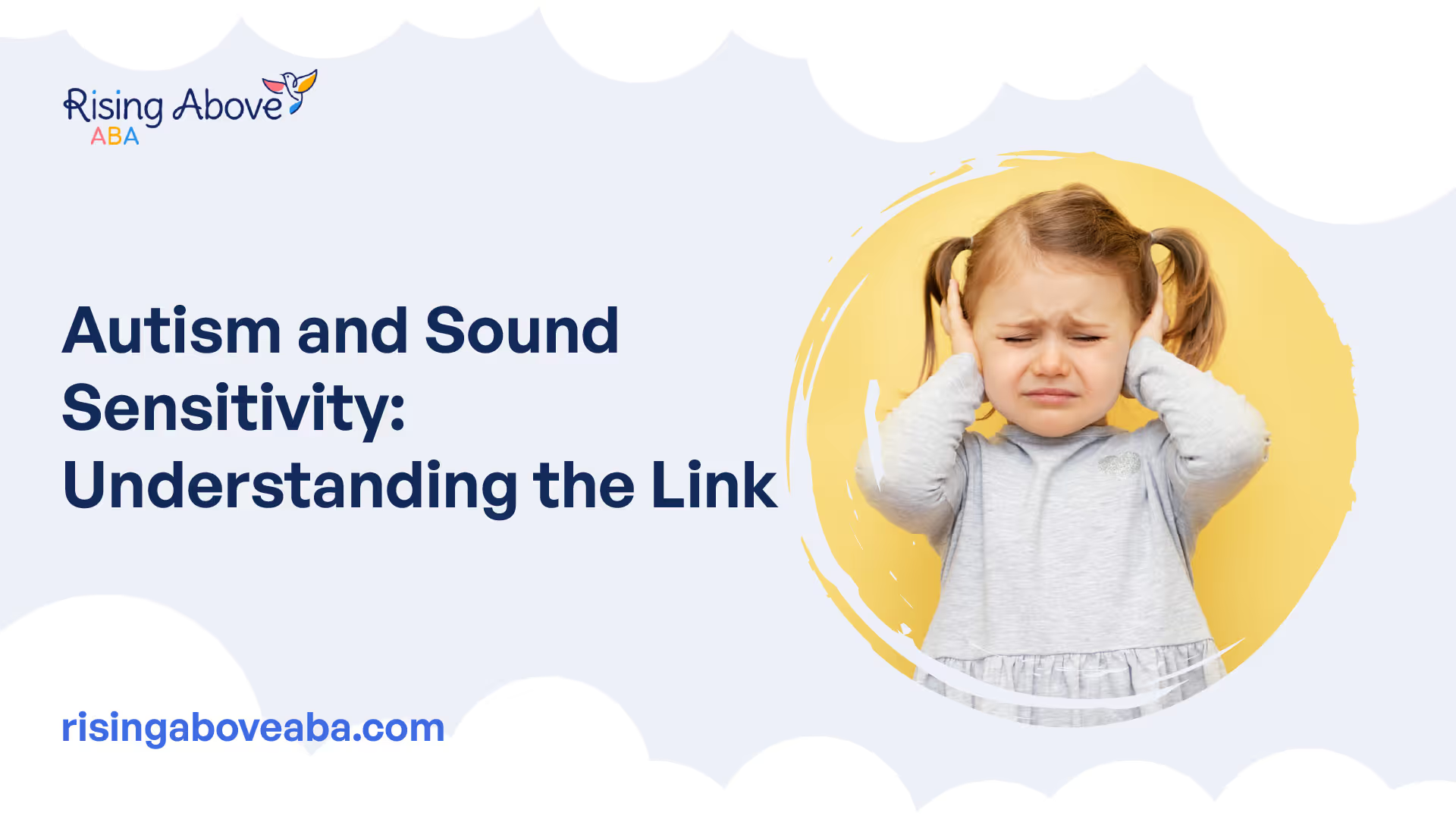
Impact on Individuals with Autism
For individuals with autism, sound sensitivity can be overwhelming and distressing. Certain sounds that may seem ordinary to others can become amplified and provoke strong reactions. This hypersensitivity can lead to avoidance of certain places or situations that may trigger their sensitivity, causing difficulties in concentration and completing tasks in noisy environments.
The experience of sound sensitivity varies from person to person with autism. Some individuals may experience discomfort or physical pain when exposed to loud or high-pitched sounds. Others may feel anxious, frustrated, or overwhelmed in situations where multiple sounds are present. These reactions can lead to social isolation and a reduced quality of life.
Communication Challenges
Sound sensitivity can also have a profound impact on communication in individuals with autism. Language development and effective communication can become more challenging due to the interference of background noise. Difficulty in filtering out background noise when someone is speaking can make it challenging to follow and engage in conversations Cross River Therapy.
The combination of sound sensitivity and communication challenges can further hinder social interactions and the ability to connect with others. It is important to recognize and address these challenges to support individuals with autism in navigating their communication needs.
Understanding the impact of sound sensitivity on individuals with autism is crucial for developing effective strategies and interventions to enhance their daily lives. By creating awareness and providing appropriate support, we can help individuals with autism manage sound sensitivity and improve their overall well-being.
Sound Sensitivity and Anxiety
The relationship between sound sensitivity and anxiety in individuals with autism is complex. Sound sensitivity can often lead to anxiety, and vice versa. It's important to understand this relationship in order to effectively manage both sound sensitivity and anxiety in individuals with autism.
Relationship and Management
Sound sensitivity can trigger anxiety in individuals with autism. The overwhelming and intense sensory experience caused by certain sounds can create a sense of discomfort and distress. This heightened sensitivity to sound can make it challenging for individuals with autism to navigate their environment and engage in daily activities.
To manage the relationship between sound sensitivity and anxiety, various strategies can be employed. Mindfulness techniques, such as deep breathing exercises and meditation, can help individuals with autism regulate their emotions and reduce anxiety levels. Cognitive-behavioral therapy (CBT) is another effective approach that can assist individuals in identifying and challenging negative thought patterns associated with sound sensitivity and anxiety. Seeking support from therapists or professionals specializing in autism can provide valuable guidance in managing these challenges.
Coping Strategies
Developing coping strategies is essential for individuals with autism who experience sound sensitivity and anxiety. Here are some effective coping strategies:
- Avoiding loud events: Avoiding situations with excessive noise can help minimize anxiety and discomfort caused by sound sensitivity.
- Creating a calm environment: Designating quiet spaces at home or in educational settings can provide individuals with a safe retreat from overwhelming sounds. Minimizing background noise and using visual supports, such as visual schedules or social stories, can enhance comprehension and reduce anxiety.
- Using sensory tools and accommodations: Utilizing sensory tools and accommodations can aid in managing sound sensitivity. Noise-canceling headphones or ear defenders can help reduce the impact of loud sounds. Visual supports, such as visual timers or cue cards, can assist in transitioning between activities and provide a sense of predictability.
Remember, each individual with autism may respond differently to various coping strategies. It's important to tailor these strategies to meet the specific needs and preferences of the individual. Seeking professional interventions, such as occupational therapy, can also provide additional support and guidance in managing sound sensitivity and anxiety.
Understanding the relationship between sound sensitivity and anxiety and implementing appropriate coping strategies can greatly improve the quality of life for individuals with autism. By creating a supportive and inclusive environment, individuals with autism can thrive and navigate the challenges associated with sound sensitivity and anxiety.
Practical Support for Sound Sensitivity
Individuals with autism who experience sound sensitivity often require practical support to manage their sensory challenges. By identifying triggers and creating calm environments, it is possible to help mitigate the impact of sound sensitivity on their daily lives.
Identifying Triggers
To effectively support individuals with sound sensitivity, it is crucial to identify the specific triggers that lead to sensory overload. Triggers can vary from person to person, so it is essential to observe and communicate with the individual to understand their unique sensitivities. Common triggers may include loud noises, high-pitched sounds, sudden or repetitive sounds, crowded or noisy environments, and background noise.
By identifying these triggers, caregivers, educators, and support professionals can implement appropriate strategies to minimize exposure to uncomfortable or overwhelming sounds. This may involve creating a personalized plan that outlines specific sound triggers and ways to avoid or reduce exposure to them. A collaborative approach involving the individual and their support network can be instrumental in developing effective strategies.
Creating Calm Environments
Creating calm environments is another crucial aspect of supporting individuals with sound sensitivity. By minimizing excessive noise and providing a peaceful atmosphere, it becomes easier for individuals to manage their sensory challenges. Here are some strategies to consider:
- Designated Quiet Spaces: Designating specific areas as quiet spaces allows individuals to retreat to a calm environment when they feel overwhelmed. These spaces can be equipped with comfortable seating, soft lighting, and sound-absorbing materials to provide a soothing atmosphere.
- Noise Reduction Measures: Implementing noise reduction measures in the environment can significantly benefit individuals with sound sensitivity. This can include using soundproofing materials, such as acoustic panels or curtains, to absorb or block out excessive noise. Additionally, ensuring that electronic devices, such as fans or air conditioning units, operate quietly can contribute to a more peaceful environment.
- Visual Cues: Visual cues can be helpful in signaling when there may be potential sound triggers. For example, using visual schedules or timers can indicate times when there might be loud noises or transitions to prepare the individual in advance. Visual supports can also assist in conveying information when verbal communication might be challenging.
- Sensory-Friendly Events: Organizing sensory-friendly events or activities can provide opportunities for individuals with sound sensitivity to engage in social interactions and experiences without feeling overwhelmed. These events may involve reduced noise levels, smaller crowds, or designated quiet zones where individuals can take breaks if needed.
By incorporating these practical support strategies, individuals with sound sensitivity can navigate their environments more comfortably and effectively manage their sensory challenges. It is important to remember that each person's needs may differ, so flexibility and ongoing communication are key to providing the most effective support.
For additional information on creating inclusive environments and supporting individuals with autism, please refer to our sections on Sensory-Friendly Strategies and Supporting Individuals with Autism.
Cognitive Behavioral Therapy for Sound Sensitivity
For individuals with autism who experience sound sensitivity, cognitive behavioral therapy (CBT) can be a valuable tool in managing this challenge. CBT is a therapeutic approach that focuses on helping individuals develop coping skills and manage their emotions. It can assist in planning to cope with sound sensitivity as well as other sensory issues.
Coping Skills
One of the key aspects of cognitive behavioral therapy for sound sensitivity is teaching individuals coping skills to better manage their reactions to sound stimuli. Coping skills can vary depending on the individual's preferences and needs, but some commonly used strategies include:
- Avoiding loud events: This may involve carefully choosing activities or environments that have lower noise levels, allowing individuals to reduce their exposure to overwhelming sounds.
- Designated quiet spaces: Having a designated quiet space at home, school, or work can provide individuals with a safe and soothing environment where they can retreat when sound sensitivity becomes overwhelming.
- Visiting new places at quiet times: Planning visits to places during quieter times of the day can help individuals avoid crowds and excessive noise, making the experience more manageable.
- Using earplugs or noise-canceling headphones: Earplugs or noise-canceling headphones can help reduce the impact of loud or disturbing sounds, providing individuals with a sense of control and comfort.
- Employing distractions: Engaging in activities or using distractions, such as listening to calming music or focusing on a favorite hobby, can redirect attention away from sound sensitivity and promote relaxation.
By incorporating these coping skills into their daily lives, individuals with autism can find greater enjoyment and peace, even in situations where sound sensitivity may arise. It is important to note that coping skills may vary from person to person, and it is beneficial for individuals to work with a trained professional to identify and develop coping strategies specific to their needs.
Professional Interventions
In addition to coping skills, professional interventions can play a crucial role in managing sound sensitivity for individuals with autism. Occupational therapy, for example, can provide valuable support in developing sensory regulation techniques and improving sensory integration.
Collaborating with specialists who have experience in working with individuals with autism can help identify specific triggers and develop personalized strategies for managing sound sensitivity. These professionals can provide guidance in creating individualized plans and recommend appropriate accommodations to support individuals in their daily lives.
It is important to recognize that sound sensitivity is just one aspect of sensory challenges faced by individuals with autism. Seeking professional interventions can help address these challenges comprehensively and improve the overall quality of life for individuals with autism.
To complement professional interventions, utilizing sensory tools and accommodations can further enhance the management of sound sensitivity. Some commonly used tools include noise-canceling headphones, which help minimize the impact of environmental sounds, and visual supports, such as visual schedules and social stories, which can enhance comprehension and reduce anxiety.
By combining coping skills, professional interventions, and sensory tools, individuals with autism can develop effective strategies for managing sound sensitivity and improve their overall well-being. It is important to remember that each individual is unique, and finding the right combination of support mechanisms may require some trial and error. With the right strategies in place, individuals with autism can navigate sound sensitivity with greater ease and lead fulfilling lives.
Sensory Tools and Accommodations
When it comes to managing sound sensitivity in individuals with autism, sensory tools and accommodations play a vital role. These tools can help create a more comfortable and supportive environment, allowing individuals to better cope with sensory challenges and engage in daily activities. Two commonly used tools are noise-canceling headphones and visual supports.
Noise-Canceling Headphones
Noise-canceling headphones are a valuable tool for individuals with autism who experience sound sensitivity. These headphones use advanced technology to reduce or eliminate background noise, providing a quieter and more peaceful auditory experience. By blocking out unwanted sounds, noise-canceling headphones can help individuals regulate their sensory input and focus on the sounds that are important to them.
A 2018 study revealed that wearing noise-canceling headphones increased autistic kids' participation in their home, community, and school. The authors suggested that this method could be beneficial and used by physical and occupational therapists to help manage sound sensitivity effectively [1]. Using earplugs or noise-canceling headphones has been found to be empowering for autistic individuals, enabling them to access spaces they couldn't otherwise and helping them participate in everyday life [1].
Visual Supports
Visual supports can also help individuals with autism manage sound sensitivity. These supports utilize visual cues, such as pictures, symbols, or written words, to enhance understanding and communication. Visual supports can be particularly helpful in noisy or overwhelming environments, as they provide a visual representation of information and expectations.
Visual supports can take various forms, including schedules, social stories, and visual timers. Schedules can help individuals anticipate and prepare for events or transitions, reducing anxiety and uncertainty. Social stories can explain social situations or expectations in a clear and visual way, helping individuals understand what is happening around them. Visual timers can provide a visual representation of time, aiding individuals in managing their activities and transitions.
By incorporating visual supports into daily routines and environments, individuals with autism can better understand and navigate their surroundings, which can help alleviate the impact of sound sensitivity.
Using sensory tools and accommodations like noise-canceling headphones and visual supports can make a significant difference in managing sound sensitivity for individuals with autism. These tools provide a means of regulating sensory input, reducing anxiety, and creating a more inclusive and supportive environment. By implementing such accommodations, we can help individuals with autism thrive and navigate their daily lives with greater comfort and ease.
Creating Inclusive Environments
To support individuals with sound sensitivity, creating sensory-friendly environments is crucial. These environments aim to minimize sensory overload and provide a supportive space for individuals with autism. Implementing sensory-friendly strategies can make a significant difference in promoting inclusivity and enhancing the well-being of individuals with sound sensitivity.
Sensory-Friendly Strategies
Sensory-friendly strategies involve minimizing environmental factors that may trigger sound sensitivity and providing accommodations to support individuals with autism. Here are some effective strategies to create sensory-friendly environments:
- Minimizing Noise: Reducing excessive noise levels can greatly benefit individuals with sound sensitivity. Implement sound-dampening measures such as using acoustic panels, carpets, or curtains to absorb or block out noise. Establishing quiet zones or designated spaces where individuals can retreat to when overwhelmed by noise can also be beneficial.
- Providing Visual Supports: Visual aids can assist individuals with autism in understanding and processing information. Use visual supports like visual schedules, social stories, or visual cues to enhance communication and provide structure. These supports can help individuals navigate their environment and reduce anxiety.
- Creating Quiet Spaces: Designate areas within the environment where individuals can find peace and solitude. These spaces can be equipped with comfortable seating, dim lighting, and calming sensory elements to provide a retreat from overstimulation.
- Utilizing Sensory Tools: Noise-canceling headphones or earplugs can be valuable tools for individuals with sound sensitivity. These tools help reduce the impact of loud or distressing noises, enabling individuals to engage in their surroundings more comfortably.
Supporting Individuals with Autism
In addition to creating sensory-friendly environments, it is essential to provide support and understanding for individuals with sound sensitivity. Here are some ways to support individuals with autism:
- Identifying Triggers: Work closely with individuals to identify specific triggers that contribute to sound sensitivity. By understanding their unique sensitivities, you can take proactive measures to minimize exposure to these triggers.
- Developing Coping Strategies: Collaborate with individuals to develop individualized coping strategies. This may involve teaching relaxation techniques, deep breathing exercises, or providing sensory tools to manage anxiety and sensory overload.
- Creating Calm Environments: Help individuals design their personal spaces to promote calmness and reduce sensory stimulation. This may involve adjusting lighting, organizing objects to reduce visual clutter, and incorporating soothing elements such as weighted blankets or sensory toys.
- Providing Emotional Support: Offer emotional support by actively listening and validating their experiences. Encourage open communication and create a safe space for individuals to express their feelings and concerns.
- Encouraging Engaging Activities: Engage individuals in activities that they find enjoyable and calming. This can include sensory activities like painting, listening to soft music, or engaging in tactile play, which can divert their attention from sound sensitivity and promote relaxation.
By implementing these sensory-friendly strategies and providing support, individuals with sound sensitivity can feel included and supported in their environments. It's important to collaborate with professionals, such as occupational therapists, who can provide additional guidance and interventions tailored to the specific needs of individuals with sound sensitivity. Together, we can create inclusive environments that promote the well-being and overall quality of life for individuals with autism.
References

Compassion. Communication. Positivity. Professionalism
Give us a call at 888.572.7473 or reach out to our team online to get started—we're looking forward to partnering with your family.
Latest articles

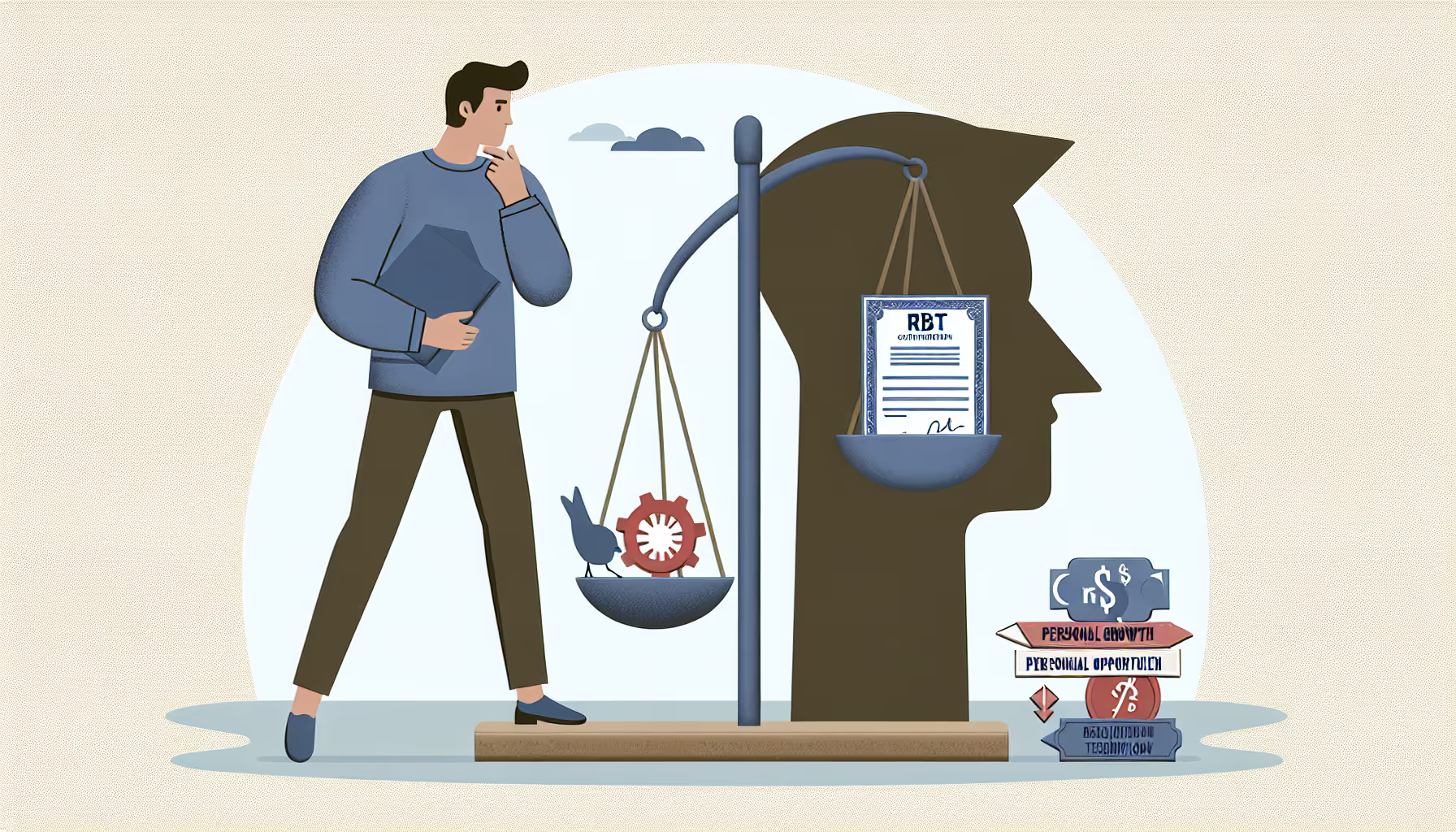

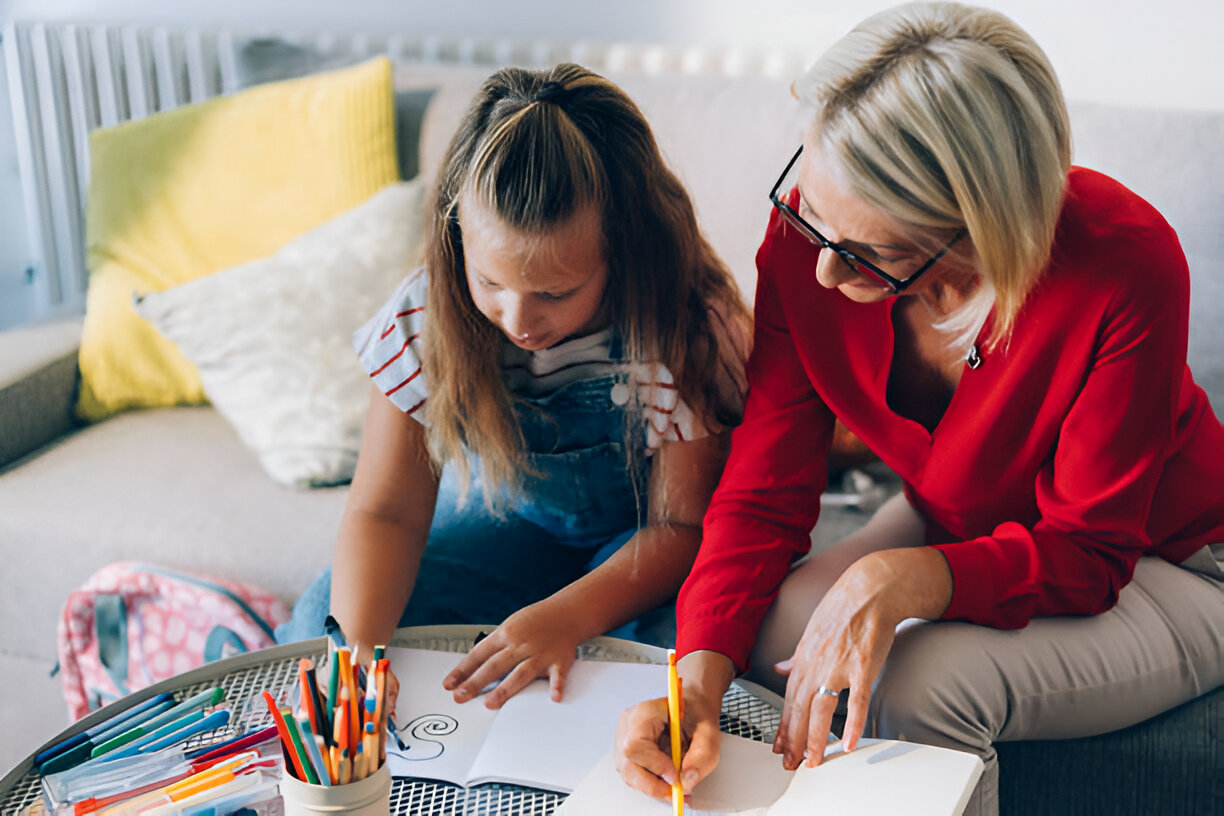
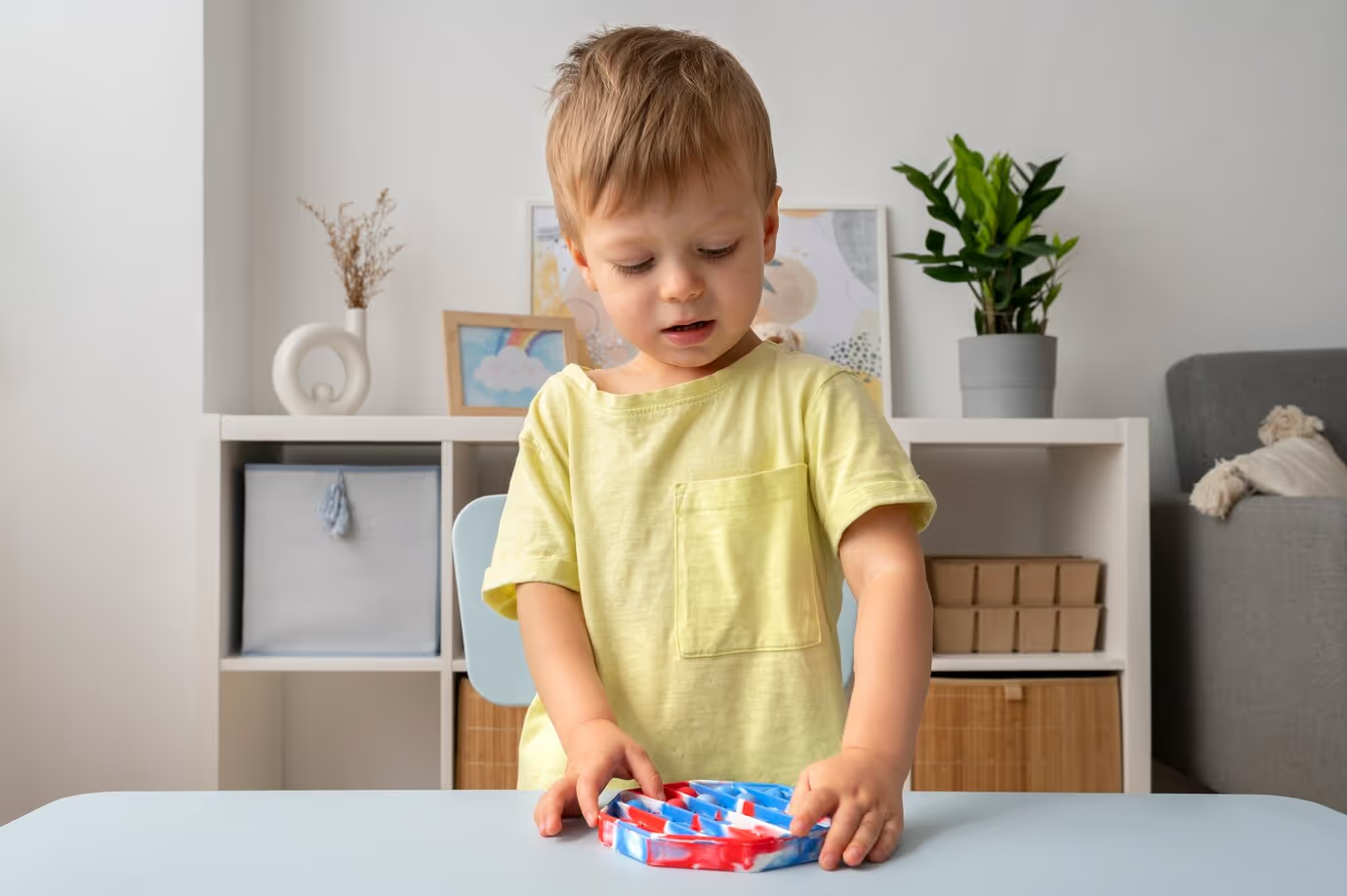

Reach Out to Rising Above ABA

Most commercial insurance accepted
Contact us for any questions regarding coverage or plans – we’ll be happy to provide you with the clear guidance as to your best options.


